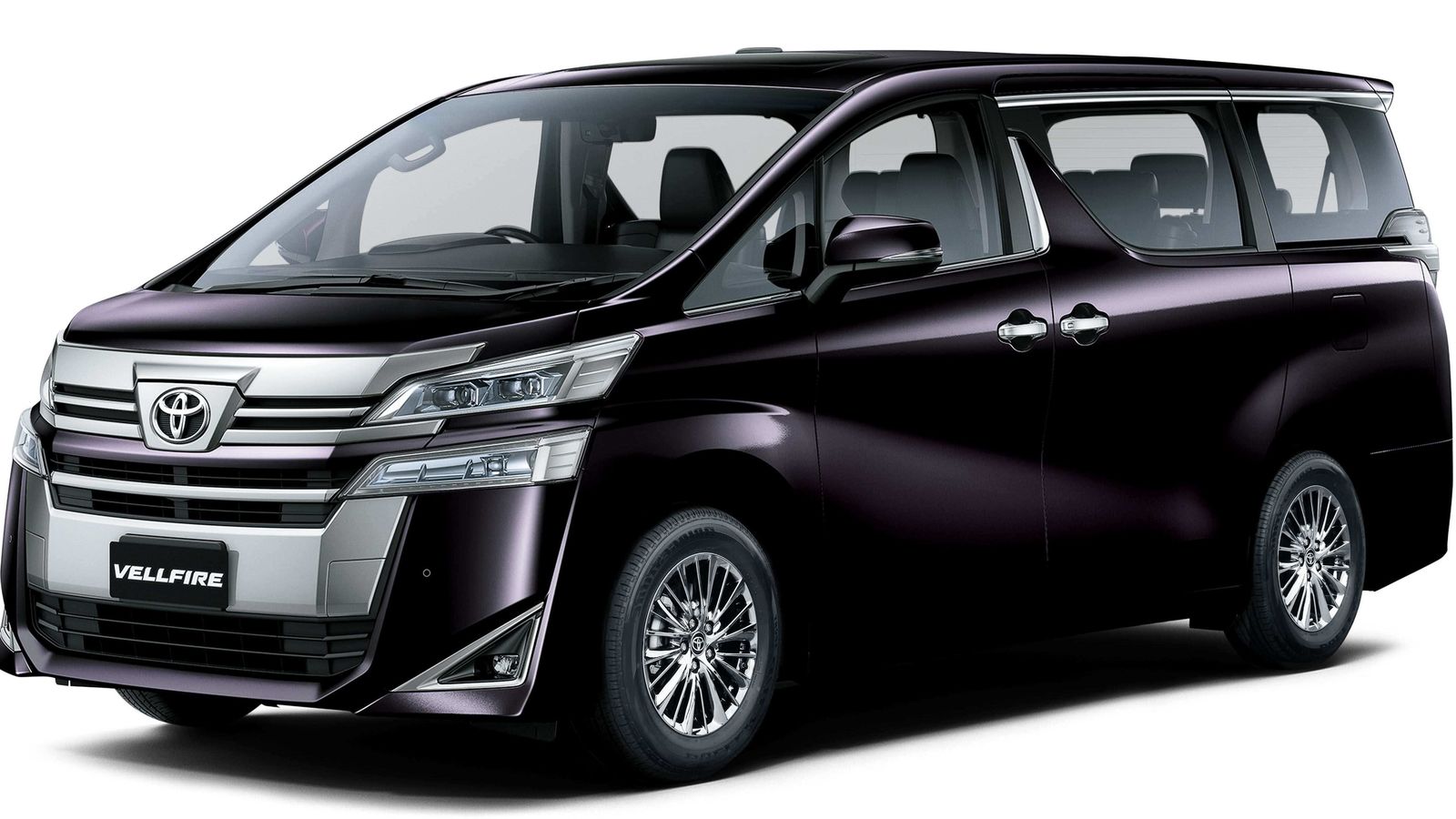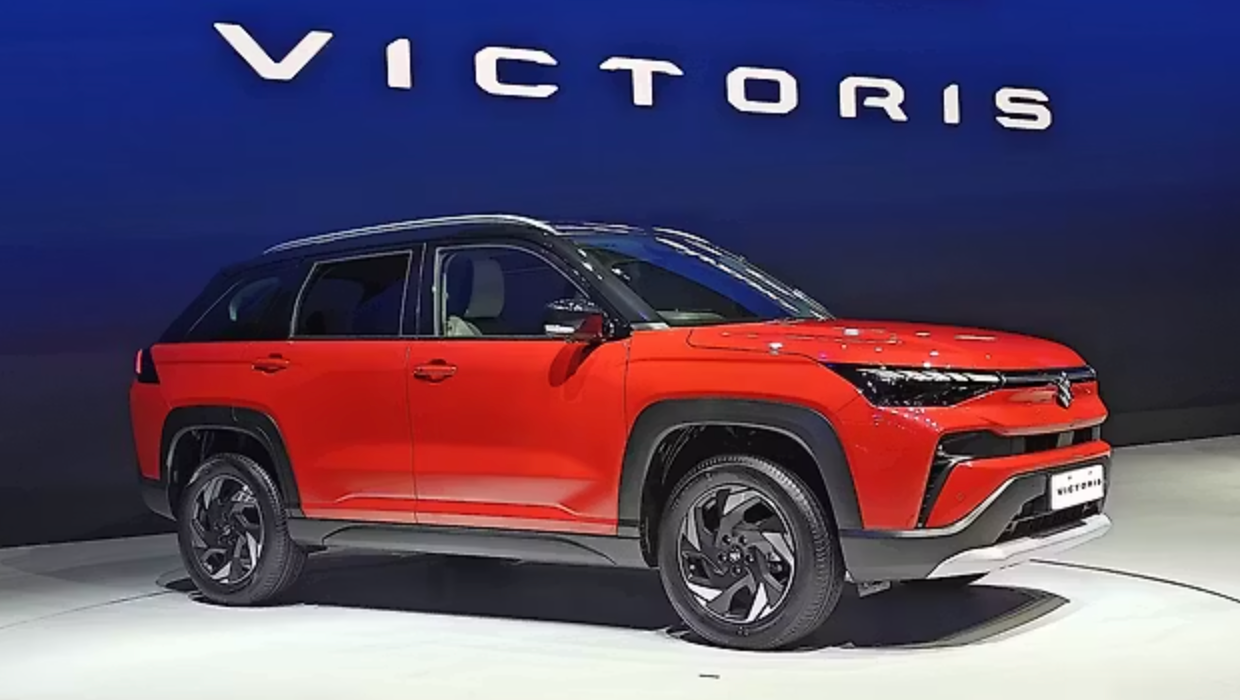Toyota stands out in the Indian car market as one of the few manufacturers offering a range of hybrid vehicles. These fuel-efficient models combine an electric motor with a gasoline engine, offering drivers a balance of performance and environmental consciousness. However, if you’re considering joining the growing ranks of Toyota hybrid owners in India, be prepared for potential delays. This guide explores current wait times for various Toyota hybrid models as of July 2024.

A Glimpse at Toyota’s Hybrid Lineup in India
Toyota’s hybrid offerings in India cater to diverse driving needs and budgets. Let’s take a closer look at the four models available:
- Toyota Urban Cruiser Hyryder: This compact SUV serves as the most affordable entry point into Toyota’s hybrid range. Its 1.5-liter petrol-hybrid powertrain delivers a combined output of 116 PS and 141 Nm, offering a blend of efficiency and power. Prices start from ₹16.66 lakh (ex-showroom).
- Toyota Camry: Representing Toyota’s sole sedan offering in the Indian market, the Camry prioritizes comfort and refinement. Its 2.5-liter engine paired with an electric motor produces a combined output of 218 PS, providing a smooth and powerful driving experience. The Camry comes at a price tag of ₹46.17 lakh (ex-showroom).
- Toyota Innova Hycross: The Innova Hycross occupies the position of the most expensive hybrid MPV in India. This spacious vehicle caters to families and larger groups, featuring a 2-liter engine and electric motor combination generating 184 PS and 206 Nm. Prices range from ₹25.97 lakh to ₹30.98 lakh (ex-showroom). However, important to note, bookings for the fully loaded ZX & ZX(O) hybrid variants are currently suspended.
- Toyota Vellfire: For those seeking the ultimate in luxury and spaciousness, the Vellfire MPV reigns supreme. Sharing the same 2.5-liter engine with electric motor as the Camry, the Vellfire offers a peak output of 193 PS and 240 Nm. This premium offering starts at a price point of ₹1.22 crore to ₹1.33 crore (ex-showroom).
Understanding Wait Times for Toyota Hybrids in July 2024
While Toyota’s hybrid vehicles offer undeniable benefits, acquiring one might require some patience. Current wait times vary depending on the specific model:
- Toyota Urban Cruiser Hyryder: Fortunately for those seeking a quicker turnaround, the Urban Cruiser Hyryder boasts the shortest waiting period of approximately one month.
- Toyota Camry: Sharing the one-month wait time with the Hyryder, the Camry offers a potentially faster path to ownership for those prioritizing a hybrid sedan.
- Toyota Innova Hycross: Prepare for a significant wait if your heart is set on the Innova Hycross. This popular MPV currently faces a wait time exceeding one year, with bookings for the top-tier variants temporarily halted.
- Toyota Vellfire: Similar to the Innova Hycross, the Vellfire also experiences a wait time of roughly one year. This exclusivity comes at a premium price point.
Factors Contributing to Wait Times
Several factors can influence waiting times for new vehicles, including:
- High Demand: Toyota’s hybrid models enjoy strong popularity in India, leading to high demand that can outstrip production capacity.
- Global Supply Chain Issues: The ongoing global supply chain disruptions continue to impact automakers worldwide. Challenges in obtaining essential components can lead to production delays.
- Model Availability: The specific variant and features you choose can also affect wait times. Certain color combinations or higher trim levels might have limited availability, extending the delivery timeframe.
FAQs
Q: Why are wait times for Toyota hybrids in India so long?
A: High demand, global supply chain issues, and model availability all contribute to longer wait times.
Q: What are some alternatives to consider if I can’t wait for a Toyota hybrid?
A: Explore other Toyota hybrid models, research hybrid options from other brands, or consider a pre-owned hybrid vehicle.
Q: What are the benefits of owning a Toyota hybrid car?
A: Toyota hybrids offer improved fuel efficiency, lower running costs, potential government incentives, smooth performance, and environmental benefits.




